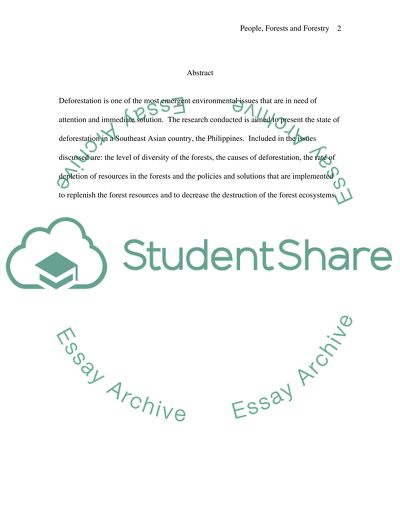Cite this document
(Deforestation in Southeast Asia - the Philippines Case Study, n.d.)
Deforestation in Southeast Asia - the Philippines Case Study. Retrieved from https://studentshare.org/environmental-studies/1562948-people-forests-and-forestry-extra-credit-paper
Deforestation in Southeast Asia - the Philippines Case Study. Retrieved from https://studentshare.org/environmental-studies/1562948-people-forests-and-forestry-extra-credit-paper
(Deforestation in Southeast Asia - the Philippines Case Study)
Deforestation in Southeast Asia - the Philippines Case Study. https://studentshare.org/environmental-studies/1562948-people-forests-and-forestry-extra-credit-paper.
Deforestation in Southeast Asia - the Philippines Case Study. https://studentshare.org/environmental-studies/1562948-people-forests-and-forestry-extra-credit-paper.
“Deforestation in Southeast Asia - the Philippines Case Study”. https://studentshare.org/environmental-studies/1562948-people-forests-and-forestry-extra-credit-paper.


